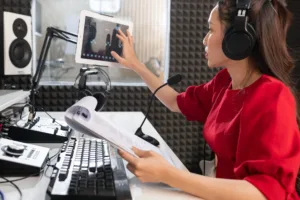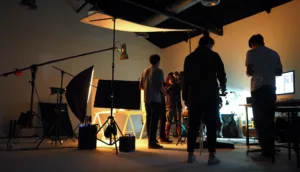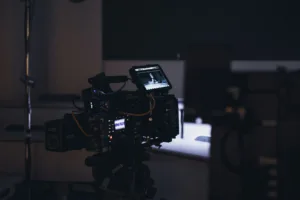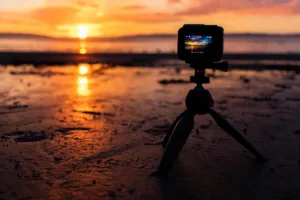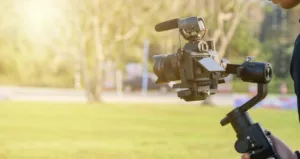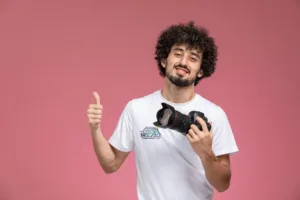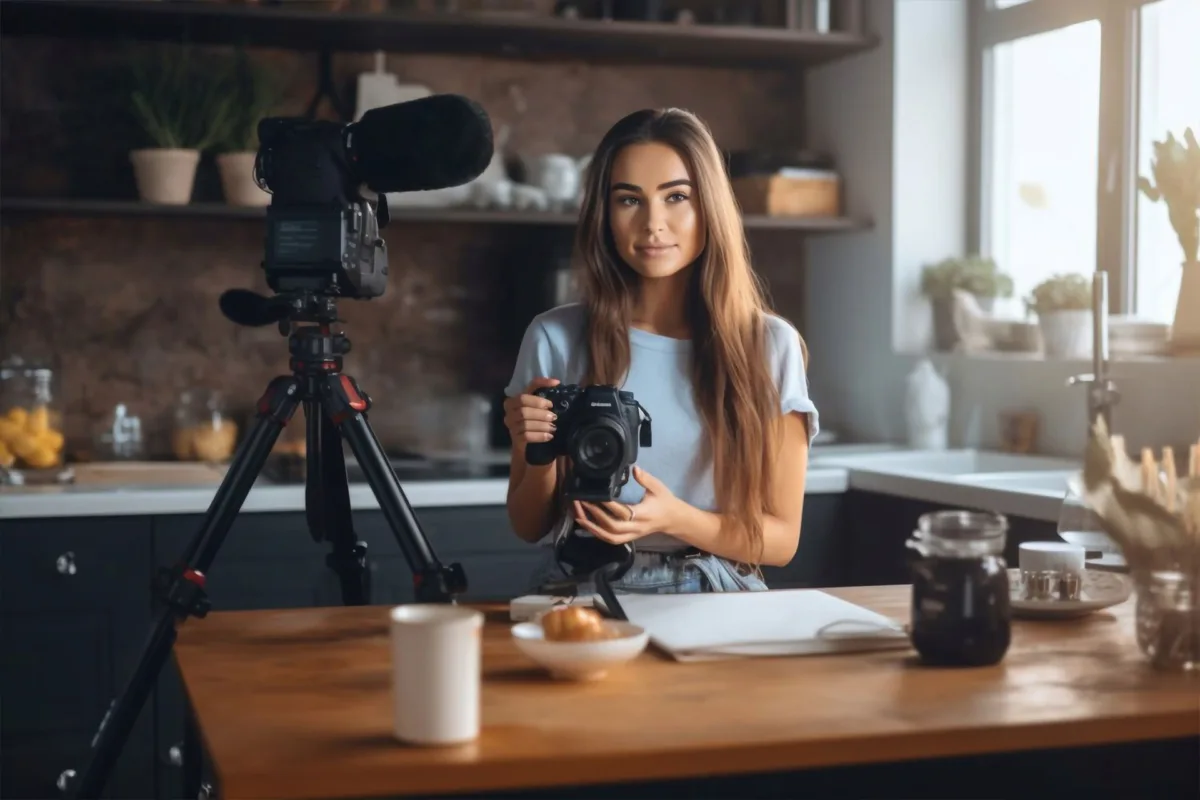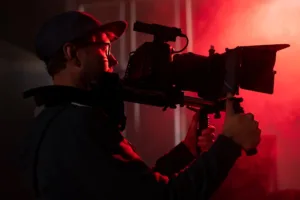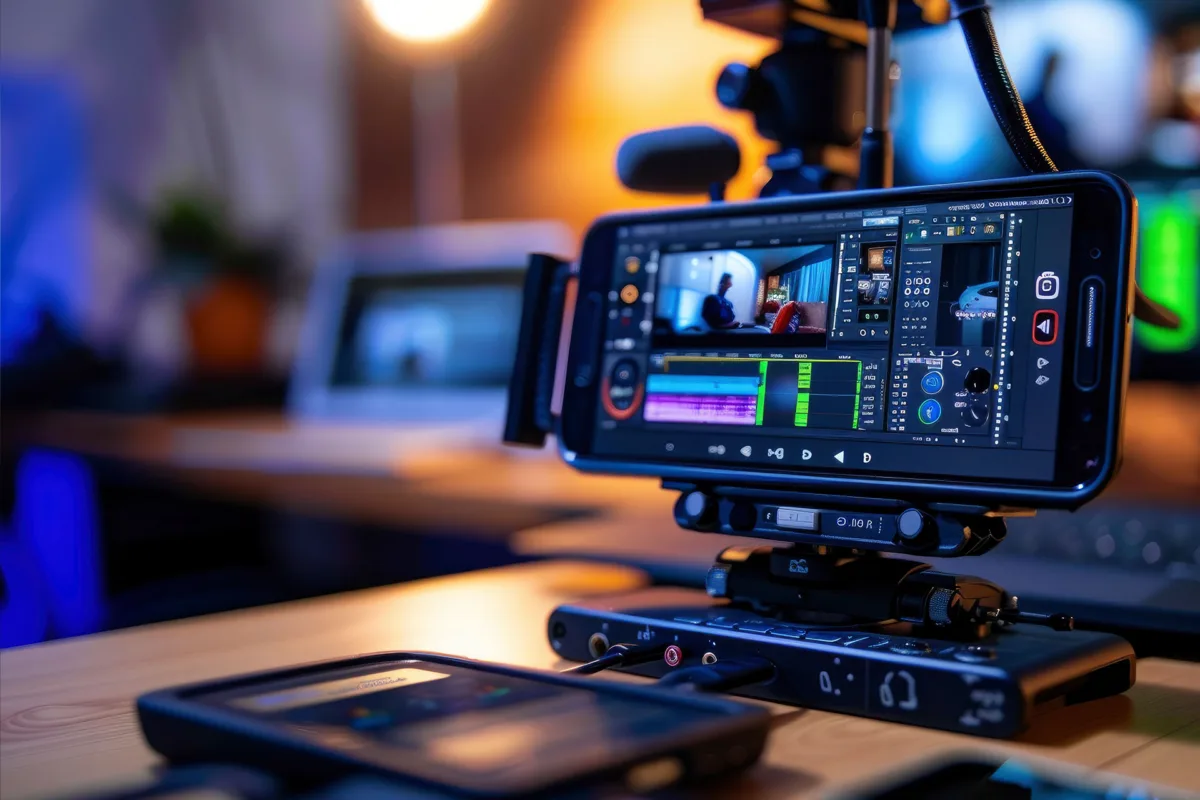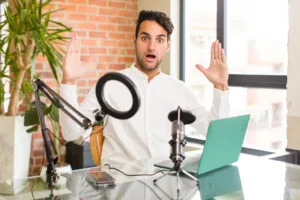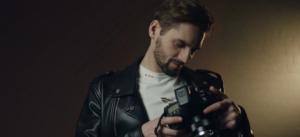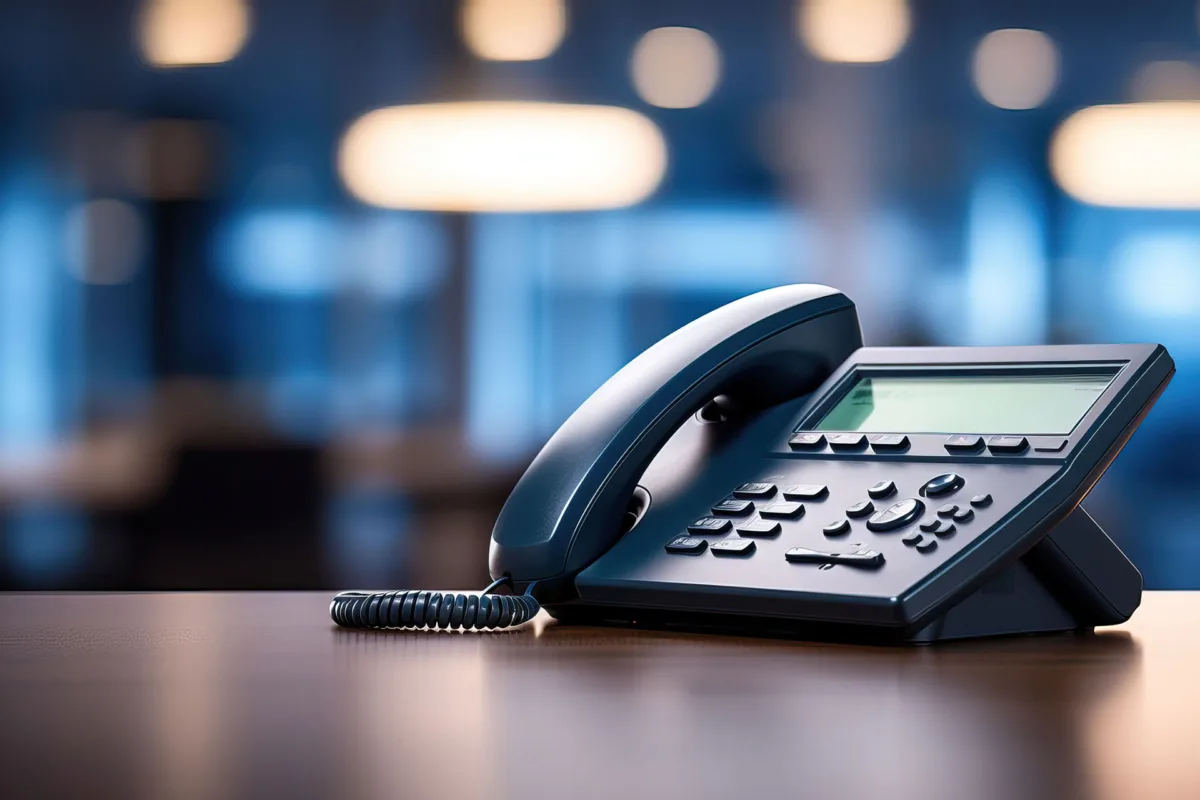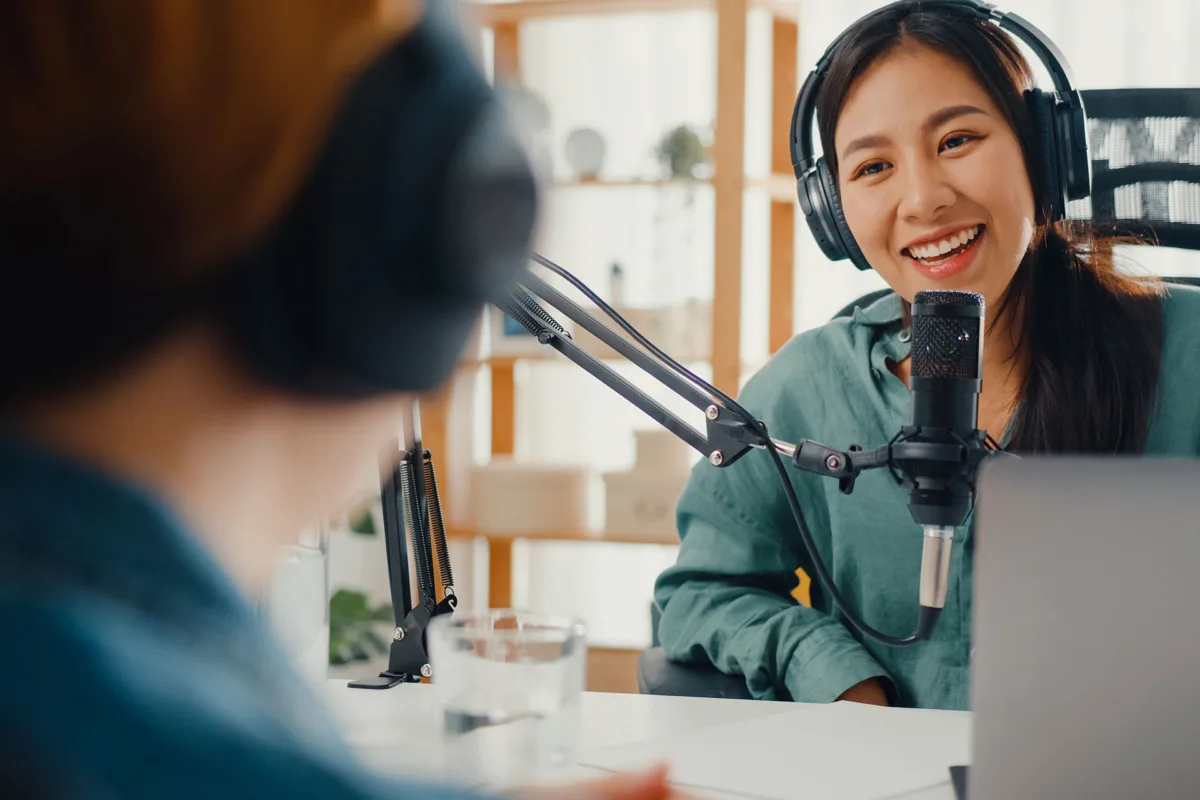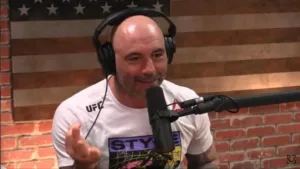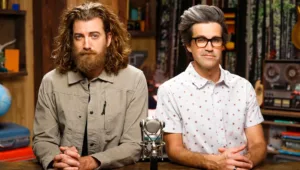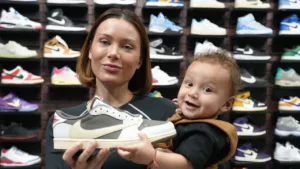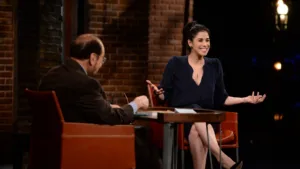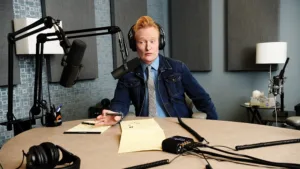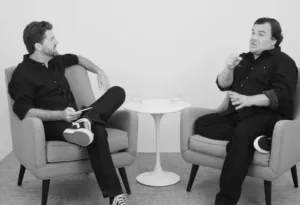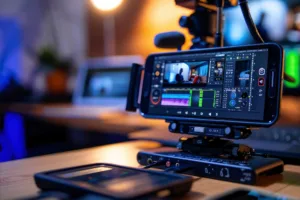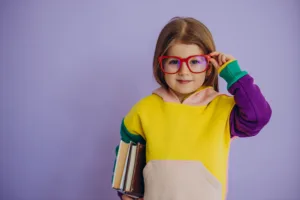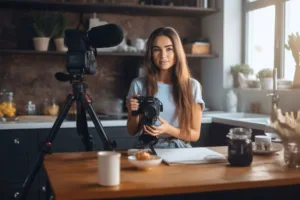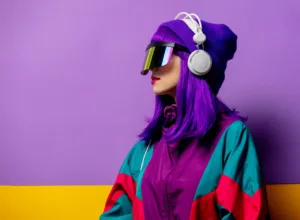Top 10 Most Subscribed YouTubers in 2024.
Top 10 Most Subscribed YouTubers and How Royalty-Free Music Can Elevate Your Channel
YouTube isn’t just a platform—it’s the place to be! Creators here are hitting insane subscriber counts, gathering loyal fans from all over the globe. Curious about who’s leading the pack? Taking a look at the most subscribed YouTubers not only shows what viewers can’t get enough of but also gives you smart strategies for building your own channel’s success.
Knowing the most subscribed YouTubers not only highlights the content that audiences love but also offers insight into strategies to grow a successful channel. This guide will explore the most popular YouTubers globally and dive into the benefits of using royalty-free music from platforms like TuneCutter to enhance audience engagement on your channel.
Most Subscribed YouTubers and Their Success Secrets
From global personalities to niche creators, the most subscribed YouTubers offer a wide range of content that has resonated with millions worldwide. Here are some of the top YouTube channels by subscribers as of 2024:
1. T-Series
Channel: T-Series
India’s T-Series tops the list with over 250 million subscribers. The channel, known for its vast library of Bollywood music, thrives by consistently producing high-quality music videos and embracing diverse genres.
2. Cocomelon – Nursery Rhymes
Channel: Cocomelon
Cocomelon is the leading channel for children’s content, with more than 150 million subscribers. It appeals to young children with engaging nursery rhymes and animations, offering educational content in a playful way.
3. SET India
Channel: SET India
Sony Entertainment Television (SET) India holds over 150 million subscribers by showcasing a mix of drama, comedy, and reality shows. The channel’s success stems from its consistent posting schedule and diverse content catering to Indian viewers.
4. MrBeast
Channel: MrBeast
MrBeast, one of YouTube’s fastest-growing channels, commands over 110 million subscribers. Known for his grand challenges and philanthropy, he creates a strong connection with his audience through thrilling and relatable content.
5. PewDiePie
Channel: PewDiePie
PewDiePie, a gaming and commentary channel, boasts over 110 million subscribers. His unique personality and engagement with fans have solidified him as a mainstay in the YouTube community.
6. Kids Diana Show
Channel: Kids Diana Show
Kids Diana Show, aimed at children, features adventures of Diana and her family. With over 100 million subscribers, the channel’s popularity lies in its relatable, family-friendly content.
7. Like Nastya
Channel: Like Nastya
This channel is popular among children and families and showcases entertaining, family-friendly content. With more than 90 million subscribers, Like Nastya attracts viewers with fun skits and toy reviews.
8. 5-Minute Crafts
Channel: 5-Minute Crafts
With over 70 million subscribers, 5-Minute Crafts is known for its DIY, life hacks, and tips. The channel appeals to a broad audience, offering accessible and engaging short-form content.
9. Vlad and Niki
Channel: Vlad and Niki
Vlad and Niki, another family-friendly channel, holds over 70 million subscribers. The channel’s popularity is due to its adventurous and entertaining videos that appeal to young children.
10. Dude Perfect
Channel: Dude Perfect
This sports and entertainment channel has over 60 million subscribers and features the Dude Perfect team’s trick shots and comedy skits. Their visually stunning videos and engaging personalities have built a massive fanbase.
Why Adding Royalty-Free Music is Essential for YouTube Growth
To captivate an audience, high-quality audio and music can be just as crucial as engaging visuals. Royalty-free music platforms like TuneCutter offer creators a solution to seamlessly integrate professional soundscapes without facing copyright restrictions. Here’s why royalty-free music is a powerful tool for growing your YouTube channel:
Enhances Emotional Appeal
Music shapes emotions and sets the tone for any video. With royalty-free music, you can add background tracks that elevate your content’s mood, helping viewers connect with your message on a deeper level.
Ensures Legal Safety and Monetization
When you use music from licensed platforms like TuneCutter, you avoid copyright claims that could potentially demonetize your content. TuneCutter’s tracks are designed to be copyright-safe, so you’re free to focus on creating while ensuring your video remains eligible for monetization.
Boosts Professional Quality
TuneCutter’s music library offers a wide range of tracks crafted by professional composers, allowing you to add polished, high-quality sound to your content. This attention to quality makes your videos stand out and increases watch time, a crucial factor for YouTube’s algorithm.
Helps Retain Viewers
Research shows that people are more likely to stay engaged with a video when it has pleasant background music. Using royalty-free music from TuneCutter can make your content more engaging, improving viewer retention rates and potentially boosting your subscriber count.
How to Find the Right Royalty-Free Music for Your YouTube Channel
Platforms like TuneCutter simplify the process of finding the perfect music for any type of video, whether it’s a vlog, tutorial, or gaming channel. Here’s how to find and integrate music into your content:
1. Choose Music that Matches Your Video’s Tone
If you’re running an upbeat channel like MrBeast’s, opt for energetic music. For more relaxed content, consider softer, ambient tracks. TuneCutter’s extensive library provides options for every genre and mood.
2. Customize Tracks to Suit Your Brand
With TuneCutter, you can edit and download specific parts of tracks to suit your brand’s style. Whether you’re creating intros, transitions, or background scores, select and tailor music that aligns with your channel’s personality.
3. Leverage Search Features to Find Unique Tracks
Platforms like TuneCutter offer robust search filters, making it easy to find music that’s a perfect fit. You can filter by genre, mood, tempo, and more, helping you find exactly what you need for each video.
Pro Tips for Growing Your YouTube Channel
Adding royalty-free music from platforms like TuneCutter is a great start, but here are additional tips to maximize your YouTube success:
- Focus on Consistency: Consistent posting schedules signal to subscribers that new content is coming regularly, boosting engagement.
- Optimize Video Titles and Descriptions: Include keywords in your video titles and descriptions to enhance discoverability. Using terms like “Most Subscribed YouTubers” in your title and description can attract more viewers.
- Utilize Thumbnails Effectively: Create attractive thumbnails that draw viewers in. High-quality visuals paired with enticing titles will lead to higher click-through rates.
- Engage with Your Audience: Respond to comments and interact with viewers to create a community around your channel. Personalized interactions make followers more likely to stay subscribed.
- Collaborate with Other Creators: Partnering with other YouTubers helps you reach a new audience and can be a powerful strategy for growth.





